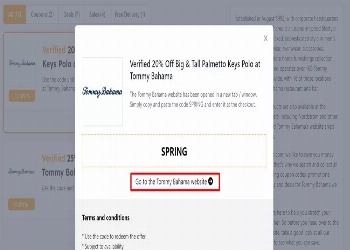
When your company requires business signs, which it most definitely will, you should be aware that certain rules need to be followed when these are made. You can still have certain design ideas used for your signs, but you will have to integrate certain features into these, as per these rules. These rules are mandated by the government, and as such, are definite requirements and not just options.
These guidelines are put together by the government for the purpose of equality among everyone. This is because of the fact that old signs did not have features that everyone could easily read or understand. The addition of such features, which was researched and revised recently, were for the consideration of those who have difficulty properly seeing, reading, and understanding these signs.
Guidelines for ADA Compliant Signage
Creating signs that are compliant with ADA rules is not that easy, but it is not that difficult either. With the help of a sign designer who is adept at creating such signs, or with the assistance of someone who is a compliance expert, you can have the kinds of signs your business needs without having to worry about the ADA. These individuals know what rules need to be followed for specific signs, and these include the following:
Tactile features – when you say tactile features, this includes Braille translations, raised characters, and raised pictograms. These are placed on specific spots on the sign, and are there for a very good reason. Since some people read with their sense of touch and not with their eyes, these raised parts on these signs will help them to know what these say. These raised parts can be made using engraving as a marking medium, with some people ordering engraved signs when they need these features to be present.
Some people are wondering why the letters and numbers on these signs are in a raised format as well when there are already Braille translations for these. These features are added to such signs because of the fact that not all individuals with visual impairments can actually read Braille. This is because not all individuals with visual impairments learned to read Braille due to the fact that they lost their eyesight at a later age.
70% color contrast – some people cannot distinguish a sign’s text from its background when the text is not considerably darker or lighter than its background. This is why there is a recommended 70% color contrast between the background and the copy found on these signs. This will make the writing on these signs easier to read and to understand.
Some companies have signs that do not have the right contrasts made because of aesthetic value. This is a mistake since you will end up with a great looking sign that is non-compliant, which will mean that you will need to remove that sign and replace it with a compliant one. You can still create great looking signs while being compliant. Simply use similar colors but with greater contrasts for your signs to make these very readable.
Non-glare finish – this is another feature that is made to help make these signs easier to read and understand. When a sign has a finish that is glossy or reflective, chances are, these will reflect light back to whoever may be reading it, making it rather difficult to make out. With a non-glare and non-reflective finish, signage can be easy to read even from a distance.
Non-glossy, non-glare, and non-reflective finishes are mandatory for all signs since reflective signs not only prove difficult to read for those with visual impairments, but for everyone else as well. Imagine trying to read a sign that has a light reflecting back at you from its surface. It would be just like trying to read something off a mirror with a light shining on its surface.
Aside from the rules that govern the making of these signs, you should also be aware that other guidelines need to be followed for these to be considered within such set rules. Mounting height, character size as per the signage size, and even the fonts used on these signs also need to follow rules set for these. For the fonts, these need to be in sans serif. For the mounting height, these have to be around 60 inches from the floor to the middle of the sign. For the character height, these have to be big enough for people to read from a reasonable distance.
All of these rules can be found in the ADA’s Guidelines for Standards for Accessible Design. You can find out more about these rules and others regarding ADA compliance and accessibility on the government’s site-
 02/02/2024 253
02/02/2024 253 -
 11/17/2023 220
11/17/2023 220 -
 11/16/2023 224
11/16/2023 224 -
 11/16/2023 264
11/16/2023 264 -
 11/16/2023 245
11/16/2023 245 -
 11/07/2023 237
11/07/2023 237 -
 11/06/2023 273
11/06/2023 273 -
 07/10/2023 299
07/10/2023 299
-
 12/08/2016 5657
12/08/2016 5657 -
 03/22/2018 2693
03/22/2018 2693 -
 10/10/2016 2657
10/10/2016 2657 -
 01/09/2017 2551
01/09/2017 2551 -
 01/13/2017 2195
01/13/2017 2195 -
 01/13/2017 2184
01/13/2017 2184 -
 01/14/2017 2023
01/14/2017 2023 -
 11/06/2019 2005
11/06/2019 2005
FEATURED NEWS

Shopping Tips

Misc

Shopping Tips

Personal Finance

Shopping Tips





LEAVE A COMMENT